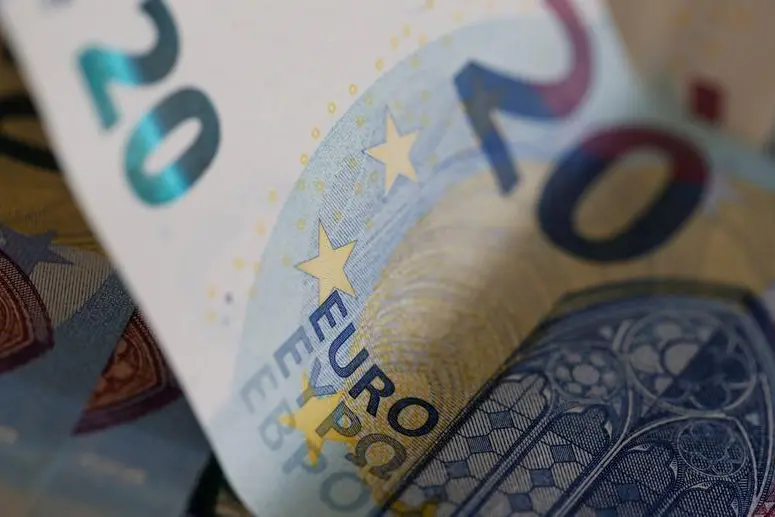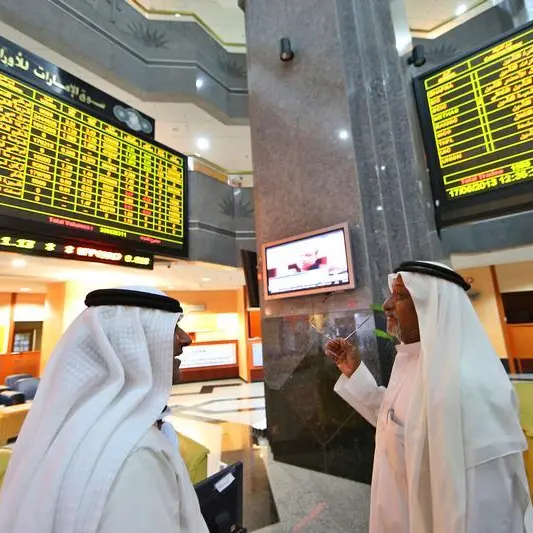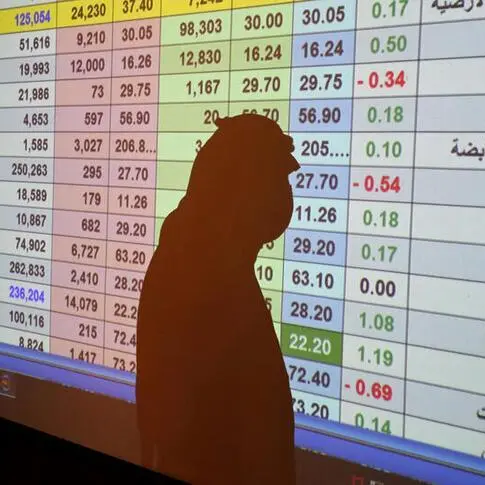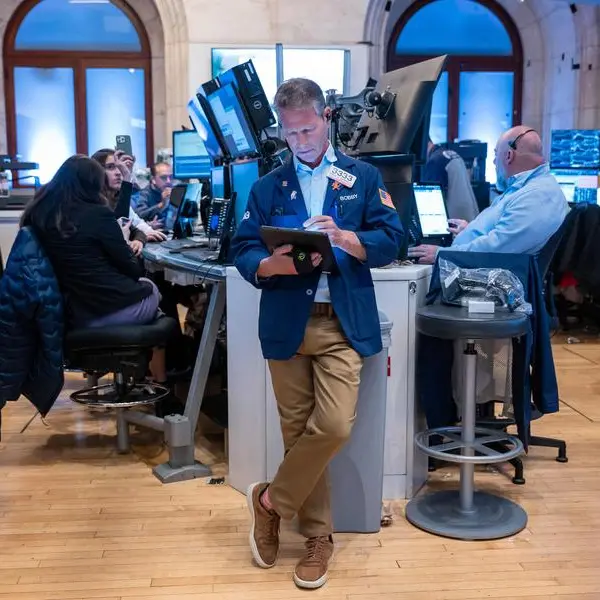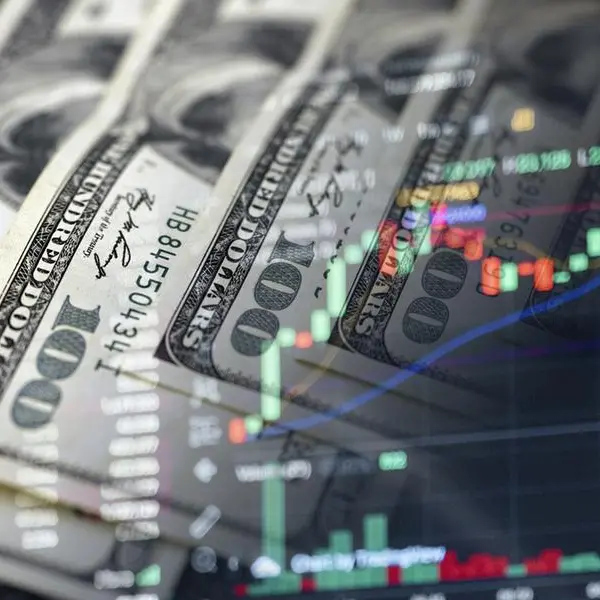PHOTO
LONDON - The euro edged higher before a European Central Bank meeting later on Thursday, where any positive comments about the economic outlook or hints of tapering bond purchases are expected to send the common currency racing higher.
The ECB is not expected to change policy when it meets later on Thursday, but analysts say this meeting will set the stage for June, when policymakers have to decide whether to slow its bond buying.
Dutch central banker Klaas Knot has already said tapering is possible, and the euro could resume its rise against the dollar on any signs reducing bond purchases is gaining more support within the ECB, analysts said.
The euro was quoted at $1.2033, up 0.1% on the day and not far from its strongest since March 3. The common currency has gained as much as 3% against the dollar since the start of April.
"We expect the European Central Bank meeting today to have a limited impact on the euro," said strategists at ING in a research note.
"With the ECB already announcing the front-loading of PEPP purchases in March and the trade-weighted euro being below its multi-quarter average (i.e. since the ECB started its verbal intervention last summer), there is a little need for the ECB to surprise today or lean against the common currency."
The euro's gains weighed on the dollar, which eased to 107.87 yen, close to a seven-week low.
The dollar was near multi-week lows against most major currencies as fading gains in U.S. Treasury yields reduced its interest rate advantage.
Sentiment toward the dollar has weakened as last month's spike in Treasury yields reverses course, but some analysts say the outlook over the longer term remains positive due to a strong U.S. economy and an improved coronavirus vaccination programme.
The British pound bought $1.3938, up 0.1% on the day.
The onshore yuan rose to 6.4820 per dollar to reach its strongest level since March 12.
On Wednesday a closely watched auction of U.S. 20-year Treasuries drew strong demand, which helped the fixed income market regain its composure and put a cap on yields.
Last month, Treasury yields spiked to their highest in more than a year due to worries about accelerating inflation, which prompted dollar bulls to pile into the currency.
However, this trade has started to unwind this month as yields reversed course, and investors will now look to the U.S. Federal Reserve's meeting next week for new trading cues.
"Looking ahead, we see a strategically high risk that US real rates will make a comeback from their recent consolidation supported by a recovery in US nominal variables," said Lars Sparres? Merklin, senior analyst at Danske Bank.
"With euro/dollar at $1.20 and our strategic view on real dollar yields, we see the surprise potential as being pro-U.S., towards a hawkish Fed and stronger USD."
Monetary policy has drawn renewed attention after the Bank of Canada signalled that it could start raising interest rates in late 2022 after it cut the pace of bond purchases, making it the first Group of Seven central bank to move towards withdrawing stimulus.
The Canadian dollar, which surged to a six-week high on Wednesday, was last quoted at 1.2494 against its U.S. counterpart, flat on the day.
The Australian and New Zealand dollars traded near one-month highs against the U.S. dollar, supported by speculation that their central banks are more likely to follow Canada's example due to an improving economic outlook.
(Reporting by Ritvik Carvalho; additional reporting by Stanley White in Tokyo; editing by Larry King) ((Ritvik.Carvalho@thomsonreuters.com; +44 2075429406; Reuters Messaging: ritvik.carvalho.thomsonreuters@reuters.net; Twitter @ritvikcarvalho))
